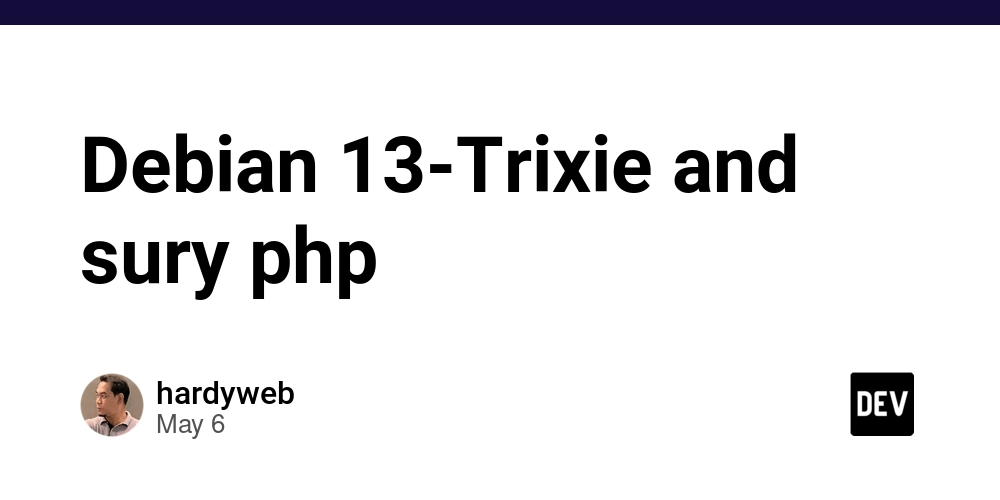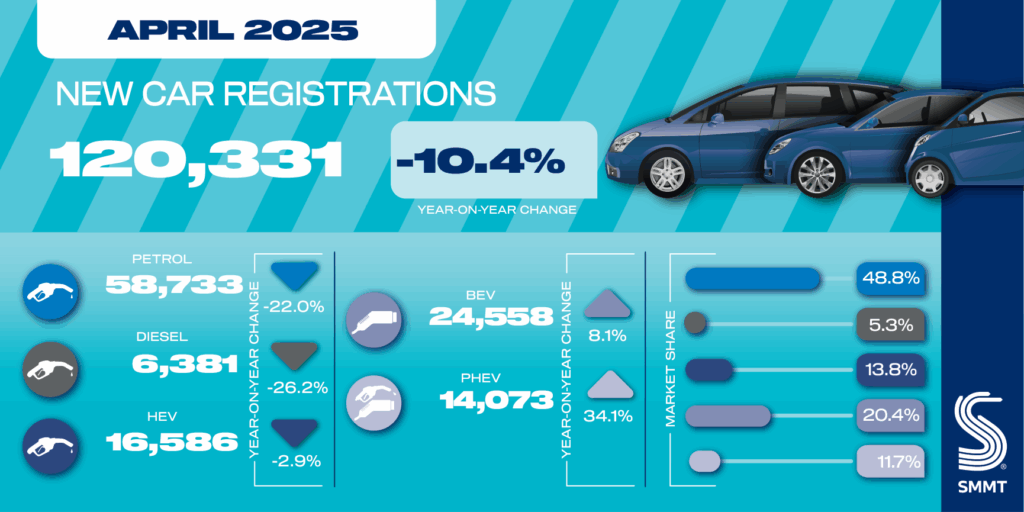The Influencer Market Boom: Trends, Challenges, and the Future of Digital Influence
Global influencer marketing platform market size was valued at USD 12.92 billion in 2023 and is projected to reach USD 122.75 billion by 2031, with a CAGR of 32.5% during the forecast period of 2024 to 2031.
The Influencer Market has rapidly evolved from a niche strategy into a core component of modern marketing. Powered by the rise of social media platforms like Instagram, TikTok, YouTube, and emerging content apps, influencers have become powerful voices shaping consumer behavior, brand identity, and cultural trends. As brands shift away from traditional advertising, influencer marketing continues to gain traction as a more authentic and engaging way to reach target audiences.
Market Overview
As of 2024, the global influencer marketing market is valued at approximately USD 24 billion, with projections suggesting it could surpass USD 35 billion by 2030. The sector is characterized by a wide spectrum of influencer tiers, from mega-celebrities with millions of followers to niche micro- and nano-influencers who drive higher engagement within specific communities. Influencer campaigns are now deployed across various industries including fashion, beauty, food, tech, fitness, and even B2B services.
Key Growth Drivers
-
Shift to Digital Media Consumption
With social media becoming a primary content consumption platform, brands are redirecting advertising budgets toward digital and influencer channels to stay relevant. -
Rise of Short-Form Video Content
Platforms like TikTok, YouTube Shorts, and Instagram Reels have revolutionized content delivery, enabling influencers to create fast, viral content that drives immediate engagement. -
Trust and Authenticity
Consumers—especially Gen Z and Millennials—tend to trust peer recommendations over traditional ads. Influencers bridge the gap between brands and audiences with a more authentic voice. -
E-commerce Integration
Social commerce features like “Shop Now” buttons, affiliate links, and in-app checkout have turned influencer posts into direct sales channels.
Challenges in the Influencer Market
Despite its growth, the influencer industry faces several hurdles:
-
Fake Followers and Engagement
The presence of bots and purchased followers undermines credibility and ROI. Brands are increasingly investing in analytics tools to detect genuine influence. -
Ad Fatigue and Oversaturation
Audiences may become skeptical of constant sponsored content, especially when influencers promote products outside their niche. -
Regulatory Scrutiny
Many countries now require influencers to clearly disclose paid partnerships. Non-compliance can lead to legal issues and reputational damage. -
Measurement and ROI Tracking
Unlike traditional digital advertising, influencer marketing often lacks standardized metrics for tracking performance, making it harder to evaluate ROI.
Emerging Trends
-
Rise of Micro and Nano Influencers
Brands are finding higher engagement and cost-efficiency by working with smaller influencers who have strong connections with their niche audiences. -
AI-Powered Influencers and Virtual Avatars
Virtual influencers like Lil Miquela are gaining attention, offering full creative control and zero risk of real-world controversies. -
Long-Term Partnerships Over One-Off Deals
Brands are shifting toward ambassador programs that foster deeper, more consistent relationships with influencers. -
Diversity and Inclusion
Marketers are prioritizing diverse voices and authentic storytelling, aligning with social values and inclusive branding strategies.
Competitive and Platform Landscape
Major platforms driving the influencer economy include Instagram, TikTok, YouTube, Snapchat, and emerging platforms like BeReal and Threads. Influencer marketing platforms such as Aspire, Upfluence, and CreatorIQ help brands find, manage, and measure collaborations more effectively. Meanwhile, creators are increasingly using tools like Patreon and Substack to monetize directly from their audiences, fostering creator independence.
Future Outlook
The influencer market is expected to mature and become more data-driven, with increasing focus on transparency, performance metrics, and long-term value. As the creator economy expands and new monetization tools emerge, influencers will continue to redefine the landscape of digital marketing. For brands, building genuine, strategic partnerships with the right voices will be key to winning in a saturated and fast-changing market.
Get More Details:https://www.databridgemarketresearch.com/reports/global-influencer-marketing-platform-market
















































































